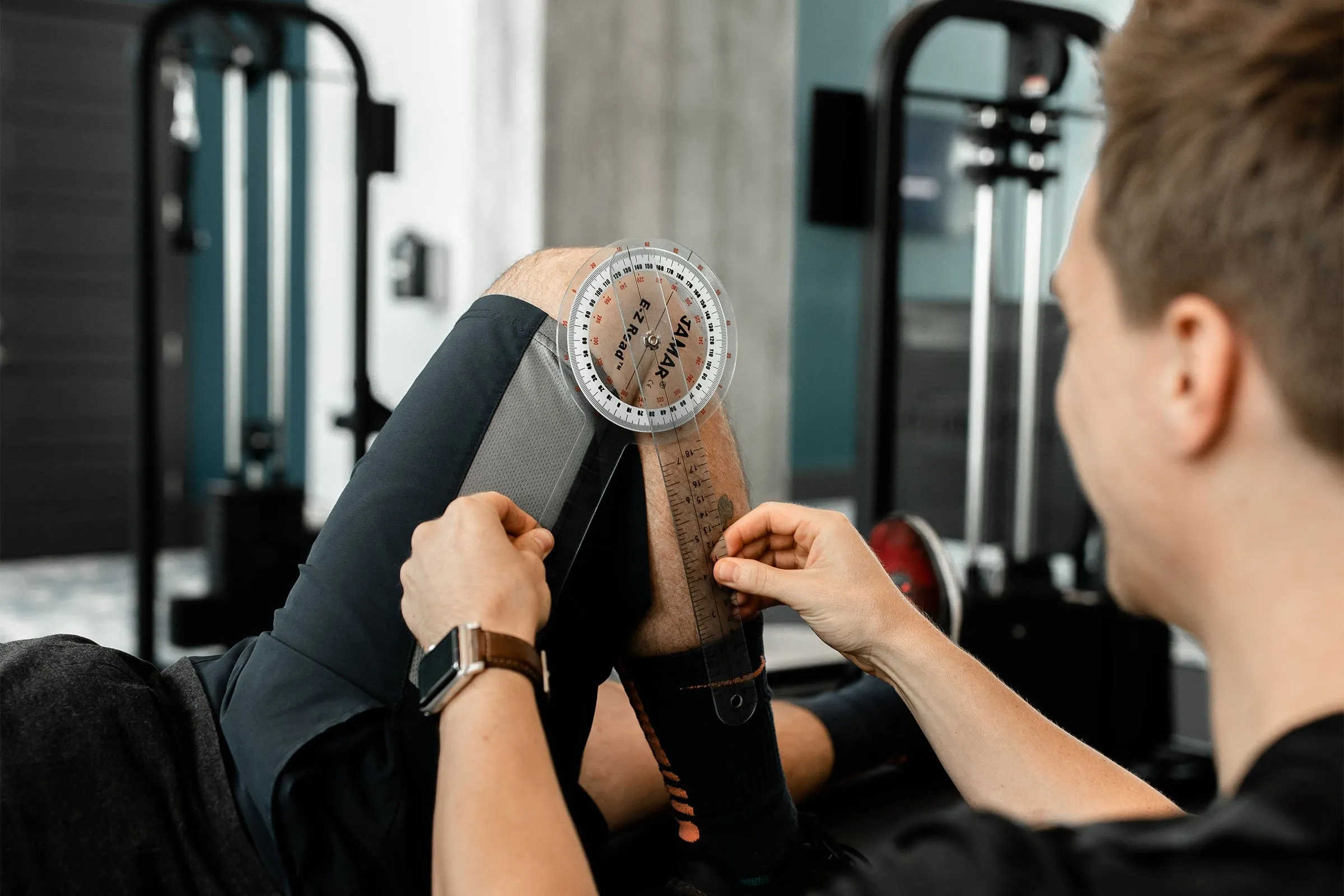It’s easy to write off that ache that only flares up during a round of golf or a game of tennis as “not that big of a deal” – especially when you factor in how busy your schedule is. Is it really worth it, you might ask, to make a big fuss about a minor pain that doesn’t really disrupt your life in any way? Now, this is probably predictable given the fact that you’re seeing it on a physical therapy blog, but bear with us – it’s worth it: the answer is, simply, that a simple ache or small pain can be (or become!) a more serious injury than you think. We’re not saying this to be alarmist or to scare you into making a physical therapy appointment: we’re saying it because it’s true, and it’s important for you to be aware of it. Today, we’re diving into what that old pain really means – and, more importantly, what you can do about it.
What That Inconvenient Ache or Pain Is Telling You
That flare-up of discomfort that you’ve had forever is your body’s way of drawing attention to an area that needs it. A one-off tender ankle or sore shoulder is part of an active lifestyle; a recurring injury is not something you should write off so quickly.
Aches Don’t Exist in a Vacuum
Recurrent pains in specific areas of your body, especially if those pains flare up during specific situations (like playing golf or mowing the lawn), are always telling you something. They indicate that you’ve sustained a muscular strain, sprain, inflammation, or another injury that becomes aggravated when you do that activity. If this pain has been recurring for a while, it means that the muscle or joint in that area hasn’t had a chance to fully recover by the time you put it to use again. Our bodies are incredibly strong and capable of remarkable things – even when injuries and pains get in the way. It’s key not to be alarmed or anxious when injuries happen; instead, injuries and nagging pains are a useful cue to let you know that it’s time to pay some special attention to a given area of your body. By working on your strength, movement, and load management with a health advocate who understands your goals and the obstacles you’re facing, you’ll be well on your way to keeping your body in shape to continue meeting – and exceeding – your physical goals.
What You Can Do About It
The best thing you can do to preserve your active lifestyle without feeling more pain (or sustaining more muscular damage) is to work alongside a licensed physical therapist who can give you the tools you need to address your injury and move forward from it. Physical therapy isn’t just for people who have experienced traumatic and life-changing injuries; in fact, one of the ways in which it is most effective is as a preventative measure against serious injury. With more flexible physical therapy plans available in St. Pete than ever before, all you have to do is find a provider whose approach is compatible with your needs.
Busting Some Myths About Physical Therapy
It’s natural to be hesitant. There are lots of misconceptions about what treating an injury like this entails, including:
- Being forced into a sedentary period or lifestyle that you don’t want
- Having to rearrange your schedule to accommodate time-consuming physical therapy appointments
We called these misconceptions for a reason. In reality, if you’re proactive about getting physical therapy for an injury, you don’t have to cut yourself from physical activity entirely; your therapist will likely just give you tips on how to improve your form in order to avoid aggravating the injury. Additionally, physical therapy doesn’t have to be interruptive or time-consuming; there are plenty of cutting-edge concierge models that are specifically designed to fit into your schedule and lifestyle. You have options – all you have to do is take them.
That “minor” ache could be a more serious injury than you think – and physical therapy is the best possible tool to treat it effectively. Physical therapy plans don’t have to be elaborate or disruptive to your busy schedule. To see what we mean by that, click here to check out our video showcasing some busy schedule-friendly exercises you can do to improve your mobility.


